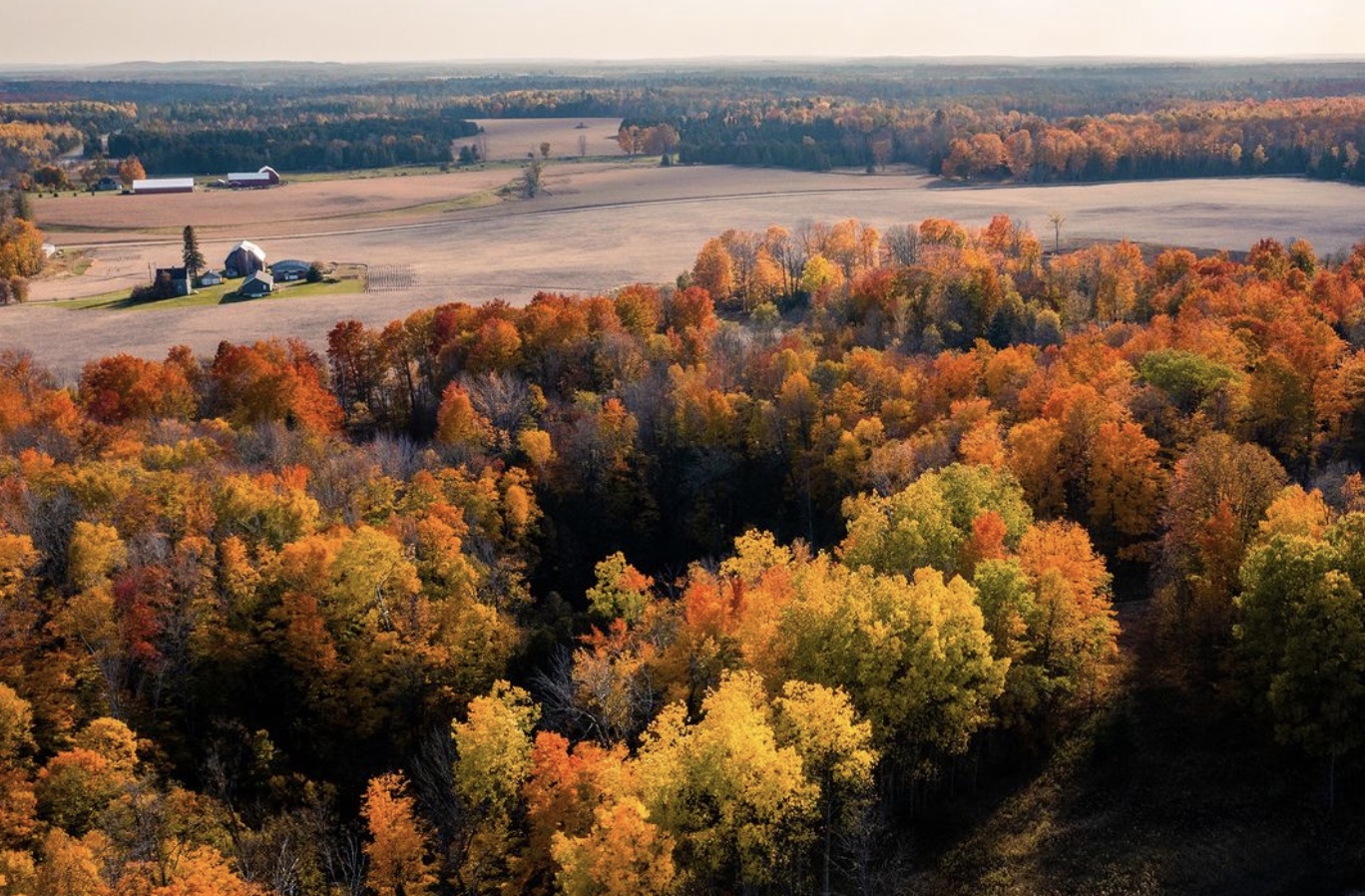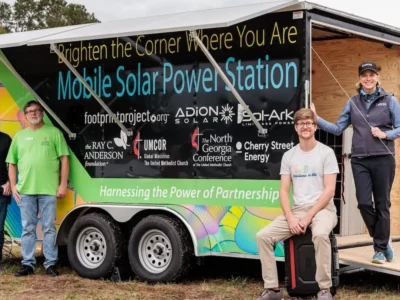“Enter through the narrow gate. For wide is the gate and broad is the road that leads to destruction, and many enter through it. But small is the gate and narrow the road that leads to life, and only a few find it.” Matthew 7:13-14
“We should go see the sinks!” Camping in the northern lower peninsula of Michigan, my wife had found an area of geological interest. “They are giant holes where the ground collapsed because of some erosion of deeper layers.”
That sounded amazing. So, off we went. Grabbing a brochure at the preserve entrance, we followed the trails around the sinks. Bruski Sink and the Stevens Twin Sinks are an incredible experience. Trails (with no ropes or fencing) lead you right to the edge to peak over into the depths. It is a unique experience that tightens every muscle in your body while heightening your senses and awareness. Any with phobias of heights or falling or getting stuck or being trapped (the brochure repeatedly warns that reascending requires technical climbing skills) should be duly cautioned.
The view, or perhaps more correctly, where you have to stand to get the view, is one of those experiences that makes you grab the hand of the one closest to you, maybe for their sake, maybe for your own. Standing on the literal edge of a chasm, you can look, quite literally, into another world—although that is more difficult to recognize and appreciate than the sensation of potential danger.
From the park brochure:
The sinks are collapses formed in a stack of Devonian limestone and shale called the Traverse Group. Below the Traverse (800 feet) is the Detroit River Group, most of which is limestone, but also contains some gypsum and anhydrite, both minerals that dissolve in water much faster than limestone. The collapse of the Traverse Group into the Detroit Group led to the creation of the sinks.
Yes, it has a very “lost world” feel to it, especially when the brochure goes on to say: “The sinkholes are now intriguing geological features and unique habitats for some plants not found locally at the surface.” Some of these plants are ancient species.
Plants grow down in the sinkhole that do not grow on the surface! It’s like looking down into a time hole!
The 33.5 acre preserve outside of Alpena, Michigan, which includes both the Stevens Twin Sinks and the Bruski Sink, is owned and managed by the Michigan Karst Conservancy. They are used for both scientific (geological and biological studies) and education opportunities.
Reading about the preservation of these fascinating features led us to deeper insight into the interconnectedness of our actions in nature.
The brochure talks about the discovery and preservation of the sinks:
For years, the Bruski sink was used as an unauthorized trash dump. When the MKC (Michigan Karst Conservancy) acquired the property in 1996, the sinkhole was 85 feet deep. In 1999, MKC began cleaning the trash from the sinkhole. Using a 75-ton crane… eight car bodies were removed from the sinkhole in the first year. In succeeding years, 10-17 volunteers would descend and the crane operator would lower a dumpster into the hole where the volunteers would load it. Refrigerators, washers, dryers, and coils and coils of wire fencing were hauled out of the sinkhole. Most disturbing were the dozens and dozens of 2 and 5 gallon rusting pails that contained insecticides, paint thinner, and motor oil . . . disturbing because the sinkholes are a direct path to our underground waters. . . . It took nine years to accomplish the clean up of this sink—27 feet of trash were removed. That’s right, this sink hole is now 112 feet deep.
Reading this, our boys wondered about the water. We explained that these chemicals could have leaked into the drinking water. And that some people may have drank some of these dangerous chemicals without knowing it. It could make them really sick.
“Why would people dump those things in there?”
“Sometimes it’s just easier to do things like that. Some things are hard to get rid of, or expensive to get rid of. But, the easy path, or the comfortable path isn’t always the best path. It can sometimes have unintended consequences.”
It reminded me of Jesus’s statement about the path that leads to life. While Jesus was certainly talking about a spiritual reality, the depth of his statement reaches into our day-to-day lives. We often take the easy path, searching out the comfortable option that requires less of us, less time, less money, less energy. But that path often has unintended consequences. We would like to think that the destination matches the path leading to it.
Instead, the reality is that the more difficult path, the path that asks more of us, requires us to be more deliberate and thoughtful, to pay more attention to where each foot falls, leads to the best results. The hardest mountain to climb offers the best view.
When it comes to taking care of the environment, or any other part of our lives, we can take the easy path, the path that is the most comfortable for our minds, bodies, and wallets. But such paths often lead to places we did not intend to visit or, even worse, destinations we actually do not want to go. The harder path may mean a higher cost as we pay for a recycle bin in addition to our regular garbage service. It may take us longer to separate our refuse than just dumping it all in our cans, or a longer drive to the recycling plant. Such actions, however, lead to fewer unintended consequences. Doing the hard work, taking the narrow path through the small gate leads to life, for our planet, neighbors, and ourselves.





 Copyright
2024
Root and Vine
Copyright
2024
Root and Vine